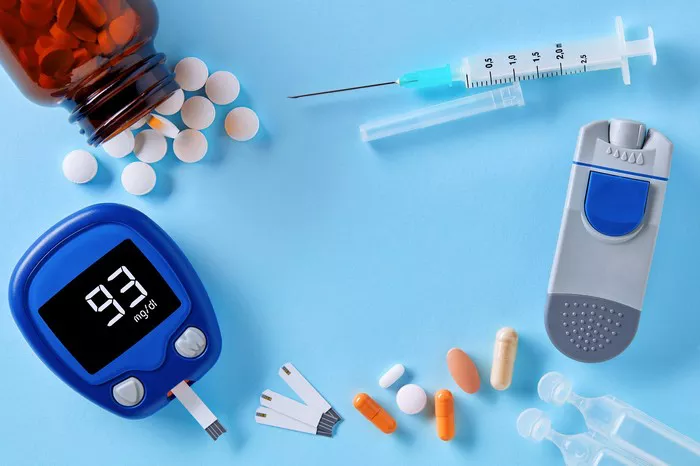When it comes to managing diabetes, understanding blood sugar levels is paramount. A blood sugar level of 6.7 mmol/L is a commonly encountered measurement in diabetes care, but what does it really mean? In this comprehensive article, we delve into the implications of a blood sugar level of 6.7 mmol/L, exploring its significance, potential causes, associated risks, and recommendations for management.
1. Understanding Blood Sugar Levels:
Blood sugar levels, also known as blood glucose levels, indicate the concentration of glucose (sugar) present in the bloodstream at a given time. Glucose serves as the primary source of energy for cells throughout the body and is derived from the digestion and breakdown of carbohydrates consumed in the diet. In individuals without diabetes, blood sugar levels are tightly regulated within a narrow range, primarily through the action of insulin, a hormone produced by the pancreas.
2. Interpretation of a Blood Sugar Level of 6.7 mmol/L:
A blood sugar level of 6.7 mmol/L falls within the range typically considered to be in the normal or non-diabetic range. However, the interpretation of blood sugar levels can vary based on individual factors, including age, fasting status, time of day, comorbidities, and concurrent medications. It’s essential to consider the context in which the blood sugar level was measured and whether any specific circumstances may influence its interpretation.
3. Potential Causes of a Blood Sugar Level of 6.7 mmol/L:
Several factors can contribute to a blood sugar level of 6.7 mmol/L, including dietary intake, physical activity, medication use, stress, illness, and underlying metabolic conditions. In individuals without diabetes, blood sugar levels may fluctuate within a normal range in response to meals, exercise, and other physiological stimuli. However, persistent elevations in blood sugar levels may indicate impaired glucose tolerance or diabetes mellitus.
4. Implications for Diabetes Management:
In the context of diabetes management, a blood sugar level of 6.7 mmol/L may have different implications depending on the individual’s diabetes status, treatment regimen, and glycemic targets. For individuals with diagnosed diabetes, maintaining blood sugar levels within target ranges is essential for preventing acute complications, such as hypoglycemia and hyperglycemia, and reducing the risk of long-term complications, including cardiovascular disease, neuropathy, and retinopathy.
5. Recommendations for Management:
For individuals with diabetes, achieving and maintaining optimal blood sugar control requires a comprehensive approach that encompasses lifestyle modifications, medication management, regular monitoring, and ongoing education and support. Key recommendations for managing blood sugar levels include:
- Adherence to Treatment Plan: Following a personalized treatment plan developed in collaboration with healthcare providers, including medication adherence, dietary modifications, physical activity, and self-monitoring of blood glucose levels.
- Healthy Lifestyle Habits: Adopting healthy lifestyle habits, such as maintaining a balanced diet, engaging in regular physical activity, managing stress, getting adequate sleep, and avoiding tobacco use, can help improve blood sugar control and overall health outcomes.
- Regular Monitoring: Monitoring blood sugar levels regularly, as recommended by healthcare providers, to track glycemic control, identify patterns, and make informed decisions about treatment adjustments or interventions.
- Medication Adjustments: Adjusting insulin doses, oral antidiabetic medications, or other adjunctive therapies as needed to achieve target blood sugar levels while minimizing the risk of hypoglycemia and other adverse effects.
- Education and Support: Participating in diabetes education programs, support groups, and self-management interventions to enhance knowledge, skills, and confidence in managing diabetes and optimizing glycemic control.
6. Conclusion:
In conclusion, a blood sugar level of 6.7 mmol/L falls within the normal or non-diabetic range but may have different implications depending on individual factors and the context in which it was measured. For individuals with diabetes, maintaining blood sugar levels within target ranges is essential for preventing complications and improving long-term health outcomes. By adopting healthy lifestyle habits, adhering to treatment plans, monitoring blood sugar levels regularly, and seeking education and support, individuals with diabetes can effectively manage their condition and minimize the risk of complications associated with elevated blood sugar levels.

























